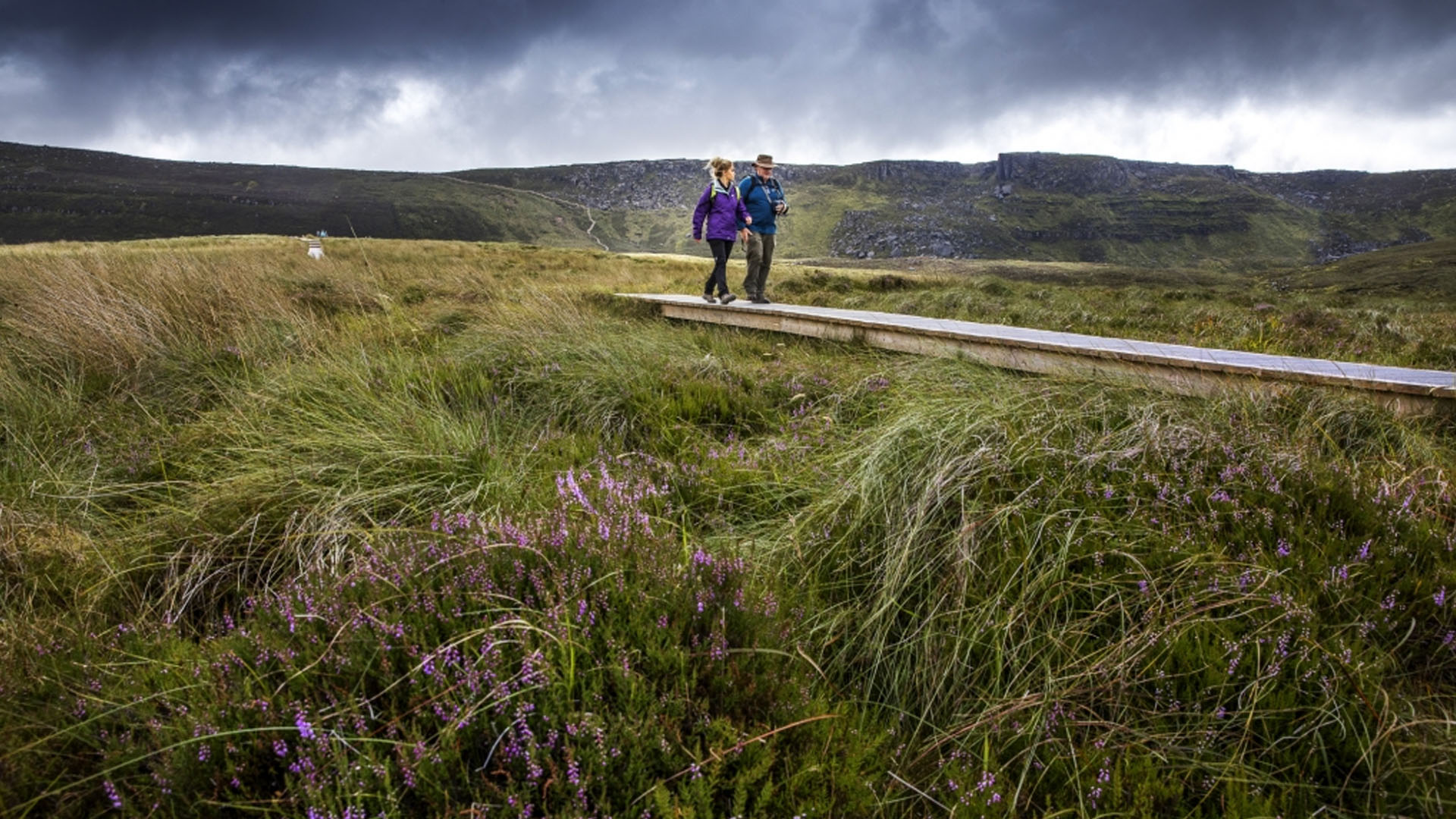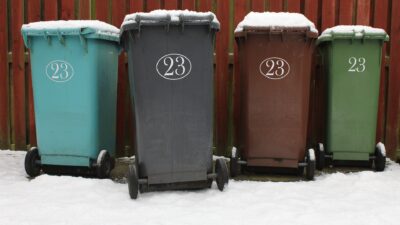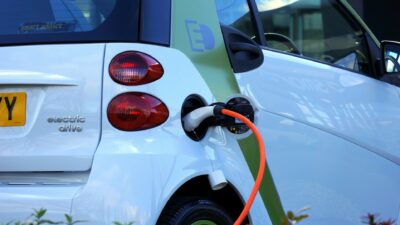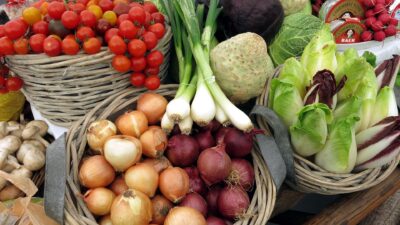Making Improvements at Home
Being more energy efficient at home
Improving the efficiency of your home...
…will help reduce your fuel bills and carbon emissions. There are many simple yet effective ways to insulate your home, which can significantly reduce heat loss while lowering your heating bills. This includes improving your loft insulation and draught proofing. The Energy Saving Trust site (see below) has some helpful tips:
Around 25% of the energy (gas and electricity) used in our homes is used to heat water for showering, bathing, washing clothes and doing the dishes. Using energy releases carbon into the atmosphere which causes our climate to change, so using less water can help a lot!
If each member of a family of four spent two minutes less in the shower twice a week, could save nearly 5000 litres of water a year, preventing the release of 67kg of carbon emissions
Northern Ireland Water provides some useful tips on how to reduce water usage in the home.
Read More
Choose Energy Efficient appliances
You can help reduce your carbon footprint and other greenhouse gases by using energy-efficient home appliances since they have lower emissions of harmful gases into the environment.
It can be ideal to use energy efficient appliances such as dryers, washers, refrigerators, freezers, etc. for more efficient energy conservation at home while helping you save water as well.
- Invest in LED lightbulbs– uses up to 80% less than conventional filament lightbulbs
- Turn off appliances at wall when not in use. According to the Energy Saving Trust, between 9% and 16% of electricity consumed in homes is used to power appliances when they are in standby mode.

Switch to a Low Carbon energy provider
Enquire about switching to a renewable energy provider and if possible, try switching over. Renewable energy is an infinite resource, and the energy is generated using lower amounts of carbon emissions. Examples include wind, solar, hydro, bioenergy and geothermal energy.
The average UK household’s emissions are as high as 20.2 tonnes per year – the equivalent of 12 flights from London to New York – and going green at home can seriously cut this figure down. Of these 20.2 tonnes, gas contributes 12.3% and electricity is responsible for 10.4%. Think how much change can be made by changing to a renewable source.
To find more info on renewable energy you can visit either of the links below.
Find Out More

Insulate your home
You can insulate your home to make it warmer and cheaper to heat. By using less energy, you also reduce greenhouse gas emissions.
Getting started
There are many simple yet effective ways to insulate your home, which can significantly reduce heat loss while lowering your heating bills. Even little fixes around the home can mount up to significant savings in your energy bills. For example, fitting your hot water cylinder with an insulating jacket will save you £45 a year in heating costs and 215kg of carbon dioxide emissions.
Heat escapes from our homes through various points, so the best way to begin is by filling these gaps. Draught-proofing is a cost-effective method that can yield immediate savings.
Where to insulate
There are lots of areas around your home which you can insulate. This is known as retrofitting your home. Areas that can be insulated include:
- Cavity Wall Insulation
- Solid Wall Insulation
- Floor Insulation
- Roof & Loft Insulation
- Draught-proofing
- Windows and Doors
- Insulating Tanks, Pipes and Doors
The Energy Saving Trust give more details and advice on different types of insulation.
Walk wherever you can
Walking is not only beneficial for your health but also for the environment. By choosing to walk instead of driving or taking other forms of transportation, you can significantly reduce your carbon footprint. Every step you take reduces the emissions released into the atmosphere, contributing to a cleaner and healthier planet.
Walking requires no fuel consumption and produces zero emissions, making it one of the most sustainable modes of transportation available. Whether it’s for commuting, running errands, or leisurely strolls, incorporating more walking into your daily routine can make a meaningful difference in combating Climate Change. So lace up your shoes, step outside, and stride towards a greener future – one step at a time!

Buy second hand clothing
As a centre of ‘fast fashion,’ the average person in the UK buys an estimated 26.7 kg of clothing every year. This is compared to an average of 15.6 kg for people across Germany, France, or Italy.
Opting for second-hand clothing is a powerful way to shrink your carbon footprint. By choosing pre-loved garments over new ones, you not only contribute to reducing textile waste but also decrease the demand for new production, which is often associated with high carbon emissions.
Thrift stores, charity shops, and online platforms for second-hand shopping offer a diverse array of clothing options, allowing individuals to express their style while actively participating in the circular economy. Additionally, extending the lifespan of your clothes is achievable through learning basic mending techniques, opting for air drying, and investing in high-quality garments from the outset.
Your individual choices play a role in this global shift towards a more ethical and environmentally-friendly fashion industry.
Opt for Sustainable Food Options

Check your Carbon Footprint
Regardless of whether we are evaluating our carbon footprint at a district, business, family, or individual level, we all bear a responsibility to minimise waste, safeguard our environment, and diminish our carbon footprint whenever possible. Doing so will aid in mitigating the impacts of Climate Change and ensuring the safety and well-being of our communities.
There are many online tools which can help you work out your carbon footprint, such as the World Wildlife Fund (WWF)’s footprint calculator.







